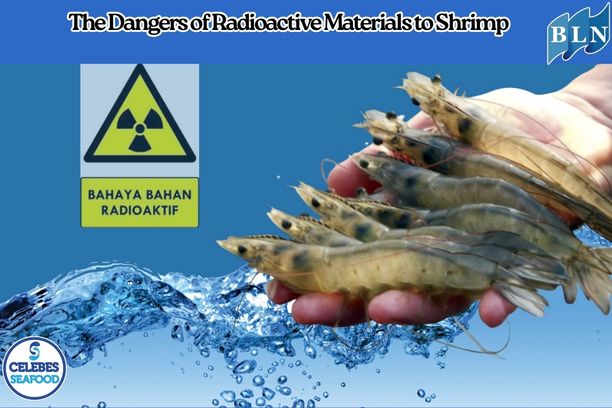Organoleptic Assessment of Milkfish During Cold Storage
By. Amma - 28 May 2025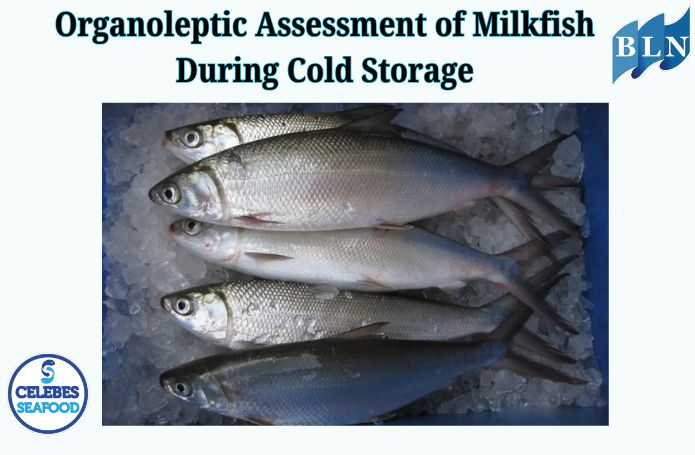
lautnusantara.com Organoleptic assessment of milkfish during cold storage is an important method for monitoring the quality and freshness of fish. This assessment involves the use of human senses (sight, smell, touch, and taste) to detect changes in fish characteristics over time during storage.
1. Organoleptic Assessment Parameters
Some common parameters assessed in organoleptic tests of fresh milkfish include:
a. Appearance (Eyes, Slime, Color):
- Eyes: Fresh fish have clear, convex eyes and shiny black pupils. As cold storage progresses, the eyes will become sunken, cloudy, and grayish in color.
- Slime: The mucus in fresh fish is thin, clear, and transparent. The mucus will thicken, become cloudy, and smell bad as it rots.
- Color: The skin color of fresh fish is bright and specific to the type. In milkfish, the color is silvery. During cold storage, the color may fade or become dull.
b. Smell (Aroma):
- Fresh milkfish has a distinctive smell of fresh fish, slightly fishy, and not pungent.
- As cold storage progresses, the odor will change to a strong fishy odor, then a sour odor, and finally a foul odor (such as ammonia or hydrogen sulfide) due to bacterial activity.
c. Texture (Flesh and Elasticity):
- Fresh fish meat is chewy, dense, and elastic when pressed, and adheres firmly to the bones.
- During cold storage, the texture of the meat will become softer, mushy, and less elastic, and easily separated from the bones.
d. Taste (If processed products): Although more relevant for processed products, the taste of fresh milkfish can start to taste bland or sour as its quality decreases.
2. Changes During Cold Storage
Cold storage (temperature 0-5°C) aims to slow down the decay process, but cannot stop it completely. The decline in the organoleptic quality of milkfish during cold storage occurs due to several factors, including:
- Enzyme Activity: Natural enzymes in the fish's body continue to work after death, causing autolysis (tissue breakdown) which affects texture and taste.
- Microorganism Growth: Although cold temperatures inhibit bacterial growth, some psychrophilic (cold-resistant) bacteria can still grow and produce compounds that cause foul odors and changes in texture.
- Fat Oxidation: Fat in milkfish can be oxidized, causing rancid odors and discoloration.
Studies show that the organoleptic value of milkfish tends to decrease with the length of cold storage. For example, milkfish stored in flake sea ice at a temperature of 0-5°C for 3 days still has good quality, but its organoleptic value has decreased slightly compared to fresh fish. At higher temperatures (eg 10°C), the decline in quality will occur more quickly.
3. Stages and Testing Methods
Organoleptic assessment is generally carried out by panelists (people trained in sensory testing). The stages and methods commonly used include:
- Sample Preparation: Milkfish is prepared in a uniform condition, usually in whole form or fillets, depending on the purpose of the test.
- Panelist Preparation: Semi-trained or trained panelists are involved to provide objective assessments.
- Scoresheet Use: Panelists fill out the scoresheet provided, which contains a rating scale for each organoleptic parameter (e.g., a scale of 1-9 or 1-5, where higher values indicate better quality). The Indonesian National Standard (SNI) is often used as a reference in determining parameters and rating scales.
- Data Analysis: Organoleptic assessment data are analyzed statistically (e.g., using ANOVA) to determine significant differences between treatments or storage times.
Organoleptic tests are often used in conjunction with physical tests (e.g., pH, Total Volatile Base Nitrogen/TVBN, Trimethylamine/TMA) and microbiology to obtain a more comprehensive picture of fish quality and freshness.
If you are interested in our MILKFISH WHOLE ROUND please do not hesitate to contact us through email and/or whatsapp.
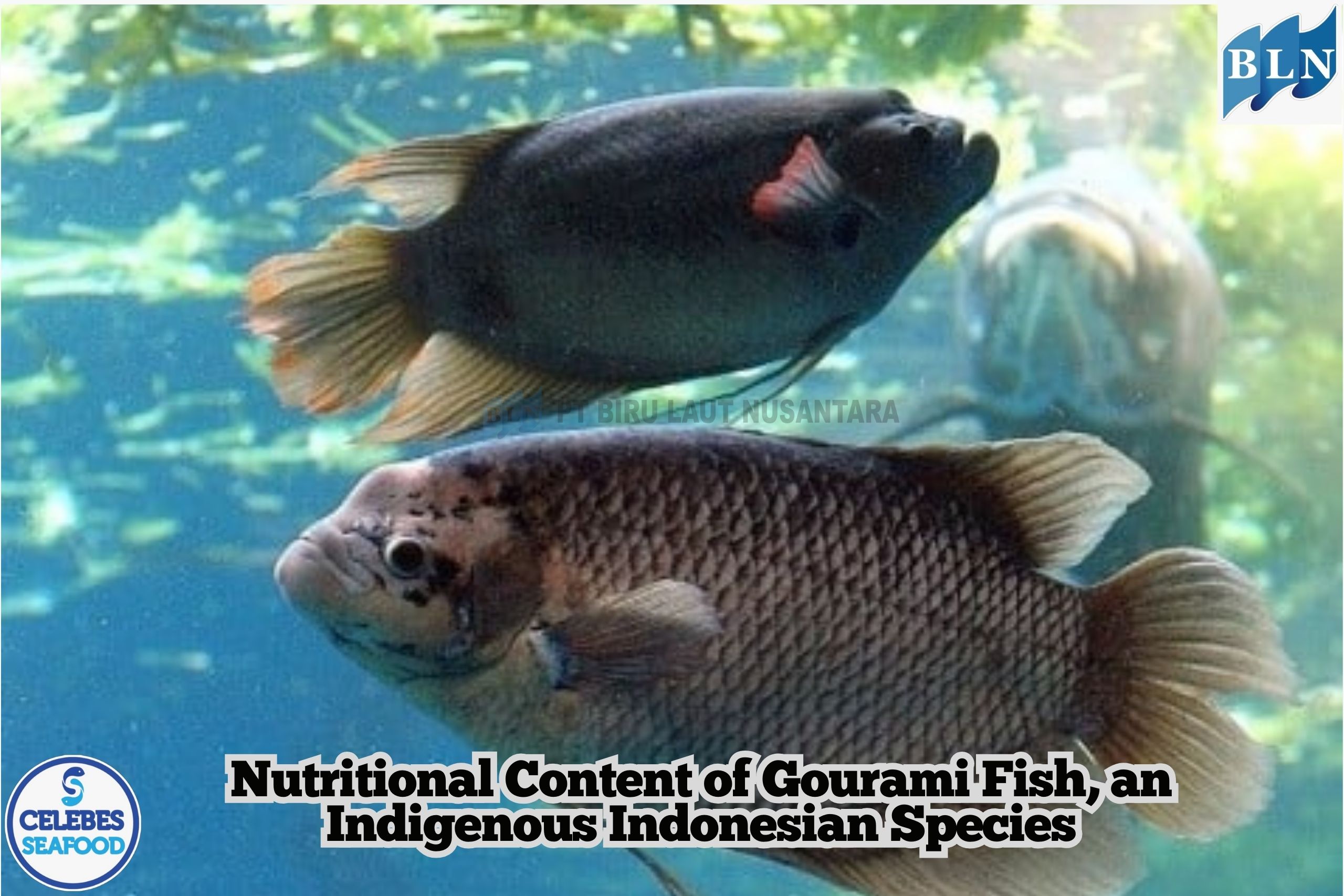
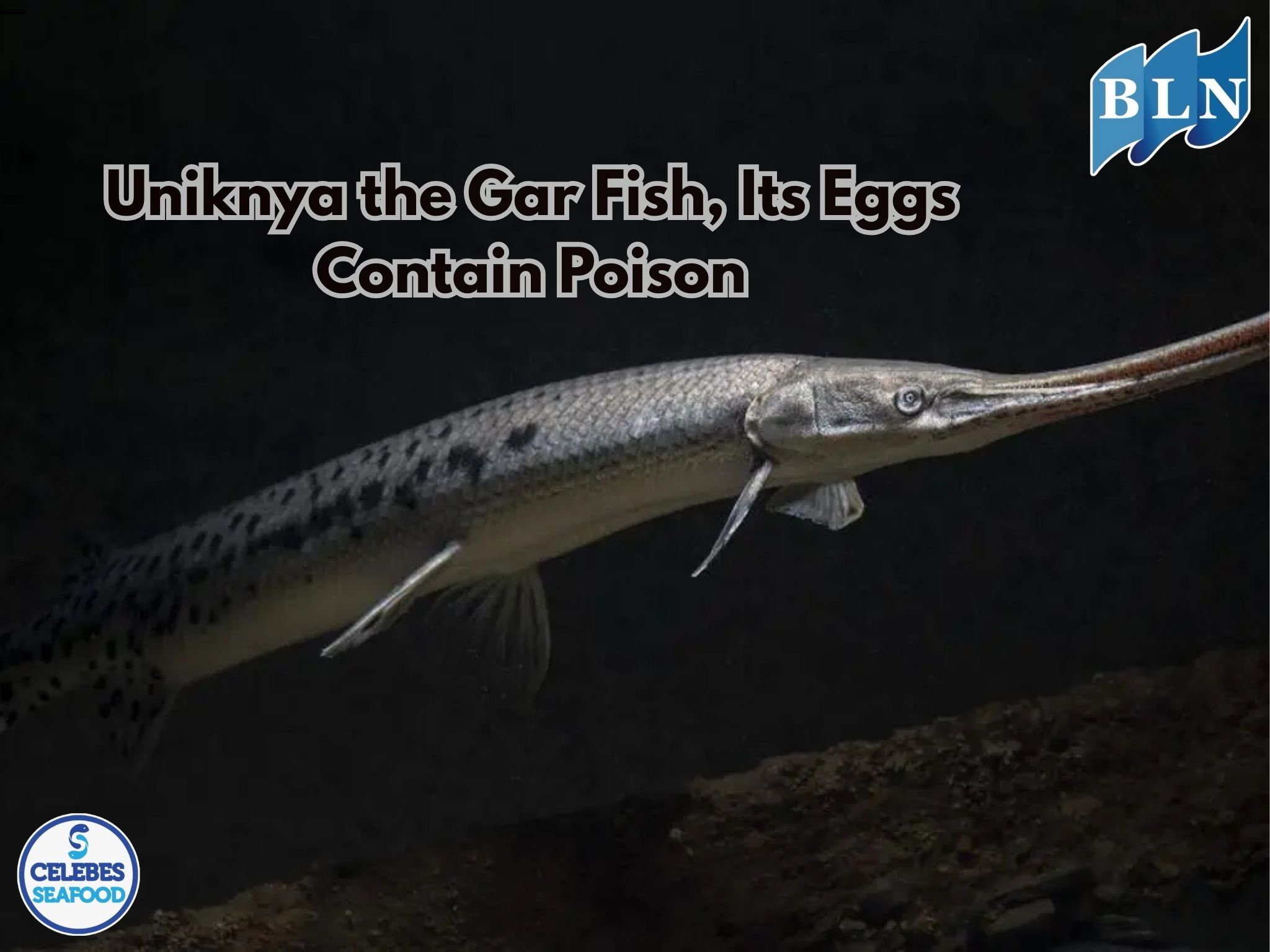

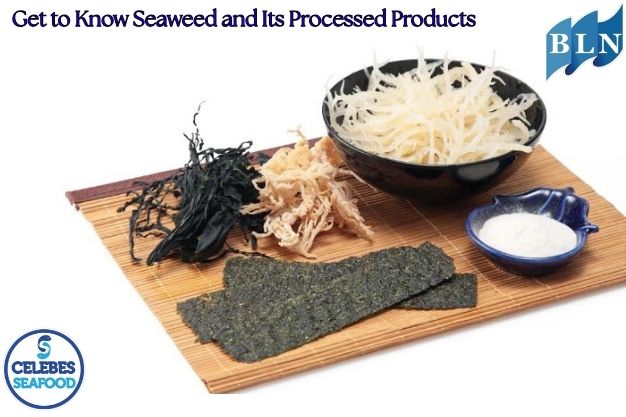

 in Ball Shape (Balltype) for Export.jpg)
.jpg)
